Data Science and Predictive Analytics in Healthcare
Doing data science in a healthcare company can save lives. Whether it’s by predicting which patients have a tumor on an MRI, are at risk of re-admission, or have misclassified diagnoses in electronic medical records are all examples of how predictive models can lead to better health outcomes and improve the quality of life of patients. Nevertheless, the healthcare industry presents many unique challenges and opportunities for data scientists.
The impact of data science in healthcare
Healthcare providers have a plethora of important but sensitive data. Medical records include a diverse set of data such as basic demographics, diagnosed illnesses, and a wealth of clinical information such as lab test results. For patients with chronic diseases, there could be a long and detailed history of data available on a number of health indicators due to the frequency of visits to a healthcare provider. Information from medical records can often be combined with outside data as well. For example, a patient’s address can be combined with other publicly available information to determine the number of surgeons that practice near a patient or other relevant information about the type of area that patients reside in.
With this rich data about a patient as well as their surroundings, models can be built and trained to predict many outcomes of interest. One important area of interest is models predicting disease progression, which can be used for disease management and planning. For example, at Fresenius Medical Care (where we primarily care for patients with chronic conditions such as kidney disease), we use a Chronic Kidney Disease progression model that can predict the trajectory of a patient’s condition to help clinicians decide whether and when to proceed to the next stage in their medical care. Predictive models can also notify clinicians about patients who may require interventions to reduce risk of negative outcomes. For instance, we use models to predict which patients are at risk for hospitalization or missing a dialysis treatment. These predictions, along with the key factors driving the prediction, are presented to clinicians who can decide if certain interventions might help reduce the patient’s risk.
Challenges of data science in healthcare
One challenge is that the healthcare industry is far behind other sectors in terms of adopting the latest technology and analytics tools. This does present some challenges, and data scientists should be aware that the data infrastructure and development environment at many healthcare companies will not be at the bleeding edge of the field. However it also means there are a lot of opportunities for improvement, and even small simple models can yield vast improvements over current methods.
Another challenge in the healthcare sector arises from the sensitive nature of medical information. Due to concerns over data privacy, it can often be difficult to obtain access to data that the company has. For this reason, data scientists considering a position at a healthcare company should be aware of whether there is already an established protocol for data professionals to get access to the data. If there isn’t, be aware that simply getting access to the data may be a major effort in itself.
Finally, it is important to keep in mind the end-use of any predictive model. In many cases, there are very different costs to false-negatives and false-positives. A false-negative may be detrimental to a patient’s health, while too many false-positives may lead to many costly and unnecessary treatments (also to the detriment of patients’ health for certain treatments as well as economy overall). Education about the proper use of predictive models and their limitations is essential for end-users. Finally, making sure the output of a predictive model is actionable is important. Predicting that a patient is at high-risk is only useful if the model outputs is interpretable enough to explain what factors are putting that patient at risk. Furthermore, if the model is being used to plan interventions, the factors that can be changed need to be highlighted in some way – telling a clinician that a patient is at risk because of their age is not useful if the point of the prediction is to lower risk through intervention.
The future of data science in the healthcare sector
The future holds a lot of promise for data science in healthcare. Wearable devices that track all kinds of activity and biometric data are becoming more sophisticated and more common. Streaming data coming from either wearables or devices providing treatment (such as dialysis machines) could eventually be used to provide real-time alerts to patients or clinicians about health events outside of the hospital.
Currently, a major issue facing medical providers is that patients’ data tends to exist in silos. There is little integration across electronic medical record systems (both between and within medical providers), which can lead to fragmented care. This can lead to clinicians receiving out of date or incomplete information about a patient, or to duplication of treatments. Through a major data engineering effort, these systems could (and should) be integrated. This would vastly increase the potential of data scientists and data engineers, who could then provide analytics services that took into account the whole patients’ history to provide a level of consistency across care providers. Data workers could use such an integrated record to alert clinicians to duplications of procedures or dangerous prescription drug combinations.
Data scientists have a lot to offer in the healthcare industry. The advances of machine learning and data science can and should be adopted in a space where the health of individuals can be improved. The opportunities for data scientists in this sector are nearly endless, and the potential for good is enormous.

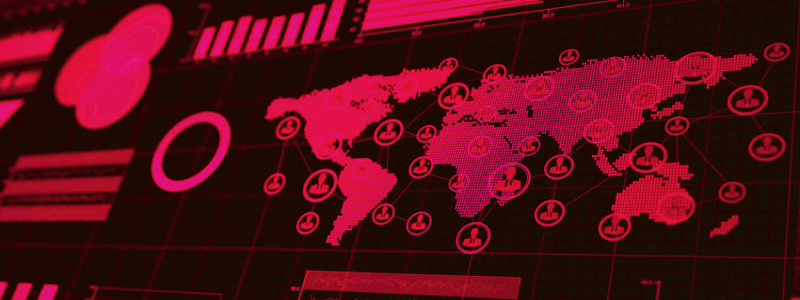
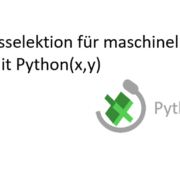
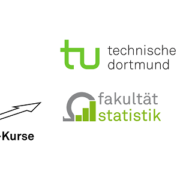
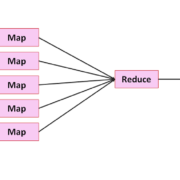

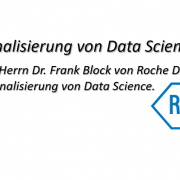
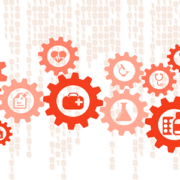


Trackbacks & Pingbacks
[…] resources, data mining has proved an invaluable tool for evidence-based healthcare. For years now, anonymized patient data has been mined to identify public health concerns, individual patient risks, and customized treatment protocols. […]
[…] resources, data mining has proved an invaluable tool for evidence-based healthcare. For years now, anonymized patient data has been mined to identify public health concerns, individual patient risks, and customized treatment protocols. […]
[…] Sourced through Scoop.it from: data-science-blog.com […]
[…] Barton Poulson chamado: The Data Science of Healthcare, Medicine, and Public Health. No post Data Science and Predictive Analytics in Healthcare é discutido os desafios da área com algumas previsões de […]
Leave a Reply
Want to join the discussion?Feel free to contribute!